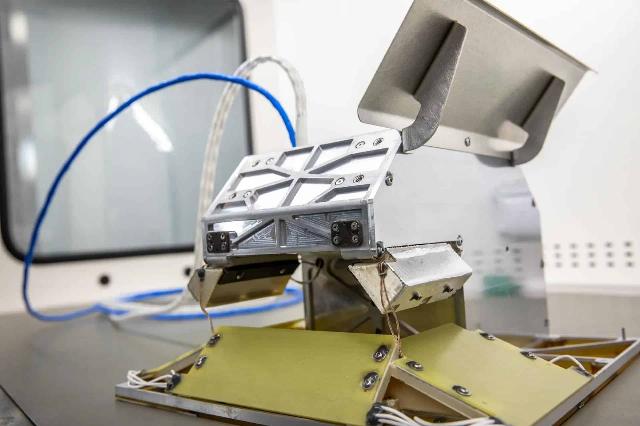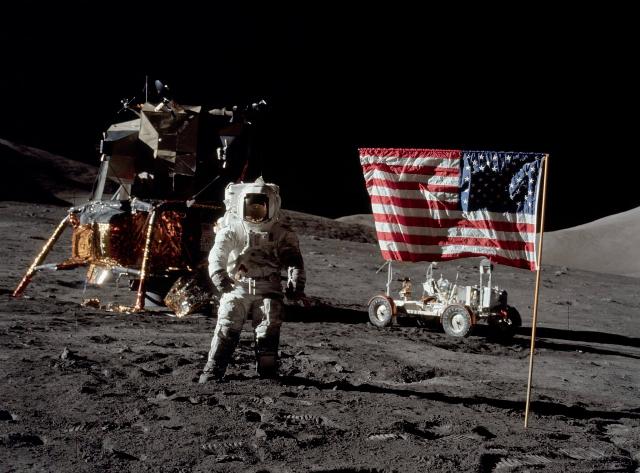Engineers from the National Aeronautics and Space Administration of the United States have proposed a method that will help future colonizers of the Moon and their equipment to withstand dangerous lunar dust. We are talking about an electrodynamic dust shield, somewhat reminiscent of the work of a broom.
By the end of the decade, Americans are going to land on the moon again. Astronauts will try to do this during the third mission of the Artemis program (Artemis ). After 2030, NASA plans to build a lunar base on the surface of the Earth's satellite (the same Artemis program) and settle there. However, before implementing such ideas, engineers need to solve the problem of moon dust.
The moon does not have a magnetic field that would protect it from meteorites. Therefore, the surface there is constantly bombarded by meteorites, even relatively small ones. For millions of years, these micrometeorites hit the surface, heat up and break up mineral rocks into tiny particles (dust), up to several micrometers in diameter.
Since Selenium has no oxygen, no wind, no rains, no rivers (there is no full-fledged atmosphere there), these particles "do not wear out" and do not dissolve, which is why they have sharp, glass-like edges that make them extremely abrasive. In other words, on the Moon, the colonizers will encounter clouds of sharp fragments that can damage not only equipment and equipment, but also spacesuits, even penetrate them.
Recall that in the 1970s, during the flights of Americans to the Moon, such a problem had already arisen: spacesuits began to gradually lose their tightness after the first exit, dust flooded the lander and created breathing difficulties for astronauts.
In addition, the extreme "dryness" on the Moon and constant cosmic radiation create an electrostatic charge on the particles, so they stick to spacesuits, boots, solar panels and instruments. On the surface of devices covered with dust, the absorption of solar radiation increases sharply, this can lead to overheating.
Engineers from NASA and other space agencies, including private companies, have been trying for a long time to find a way that would help solve the problem of lunar dust. The day before, experts from the American space Agency spoke about their Electrodynamic Dust Shield (EDS) technology, which allows astronauts and their equipment to be protected from the influence of dust.

A variant of the EDS system that was used for testing
Image source: NASA
EDS uses transparent electrodes to create an electric field that moves like a wave. This creates an uneven field around the statically charged dust particles, which causes the particles to move as if they were being swept by an invisible broom. EDS can lift and remove statically charged particles from the surfaces of various objects — from radiators, solar panels and camera lenses to spacesuits, boots and helmets.
NASA specialists tested their technology in a vacuum chamber with simulated lunar dust, and then sent it to the ISS for tests in orbit. Note that EDS has already been used in the field — during the IM-1 mission to deliver the Nova-C lander to the surface of the Moon. This technology protected the lenses of the detachable EagleCam camera from dust, which was successfully dropped from the Odysseus lander by the private American company Intuitive Machines.
NASA hopes that after all the tests, EDS can be used in manned missions of the Artemis program to protect astronauts' instruments and spacesuits. The agency stressed that this technology is suitable not only for use outside the habitat, but also inside bases, cars and other equipment. According to a number of experts, EDS is still the best that scientists have to deal with lunar dust.

